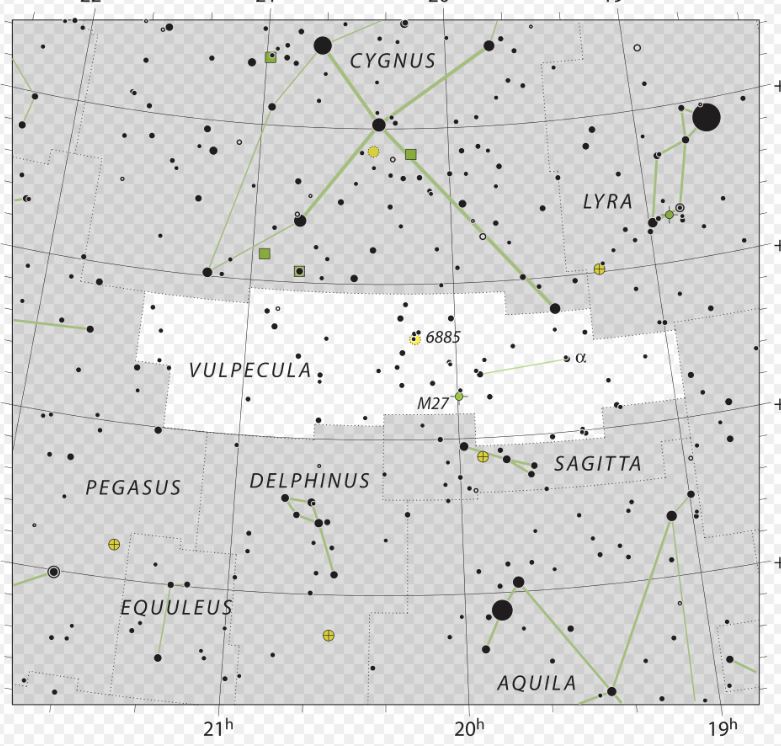| ACQUISITION | PARAMETRES ACQUISITION | |||||
| Objet | Filtres | Bin | Temps Pose | Nombres Poses | Temps Total | |
| Nom | M 27 | Luminance | 1 x 1 | 300 | 77 | 6H42 |
| Constellation | Petit Renard | Rouge | 1 x 1 | 300 | 34 | 2H84 |
| Distance | ~1300 AL | Vert | 1 x 1 | 300 | 31 | 2H59 |
| Détail prise de vue | Bleu | 1 x 1 | 300 | 33 | 2H75 | |
| Lieu | Sud Portugal | S2 | 1 x 1 | |||
| Date acquisition | 04/08/ au 28/09/22 | Hα | 1 x 1 | 1200” | 61 | 20H33 |
| Setup | O3 | 1 x 1 | 1200” | 50 | 16H67 | |
| Instrument | Astrosib RC 400 | Totaux | 286 | 51.60H | ||
| Diamètre | 406 mm | Bias | 1X1 | 99 | ||
| Focale | 3200 mm | Dark | 1X1 | 51 | ||
| Rapport F/D | 8 | Flat | 1X1 | 11 | ||
| Monture | ASA DDM 85 | Acquisition faite par | Team ARO | |||
| Caméra acquisition | Moravian G3 16200 | Traitement fait par | Team ARO | |||
| Caméra de guidage | Atik 314L | Logiciels utilisés | ||||
| Montage de guidage | DO Astrosib | Acquisition | TheSkyX , Focusmax, Maxpilote | |||
| Echantillonage | 0,39 arcs | Traitement | Pixinsight, Photoshop | |||
COMMENTS ON THE PHOTO:
The Dumbbell Nebula is a planetary nebula located in the constellation Vulpecula at about 1227 light years. It was discovered by Charles Messier on 12 July 1764 and is the first observed planetary nebula in the history of astronomy. It is number 27 in his catalogue.
This object is particularly bright and has a very large apparent diameter, with the brightest part being 1/5 that of the Moon. With an expansion rate of 6.8 arcseconds per century, its age is estimated at 3 000 to 4 000 years.
The central star (the origin of the nebula) has an apparent magnitude of 13.5, which makes it difficult for an amateur astronomer to observe. It is a white dwarf with a very hot blue colour (85 000 K).
The peculiar shape of the luminous part of the nebula has earned it the name Dumbbell Nebula.
Looking at this nebula, we can see the end of our own solar system in 5 billion years.
